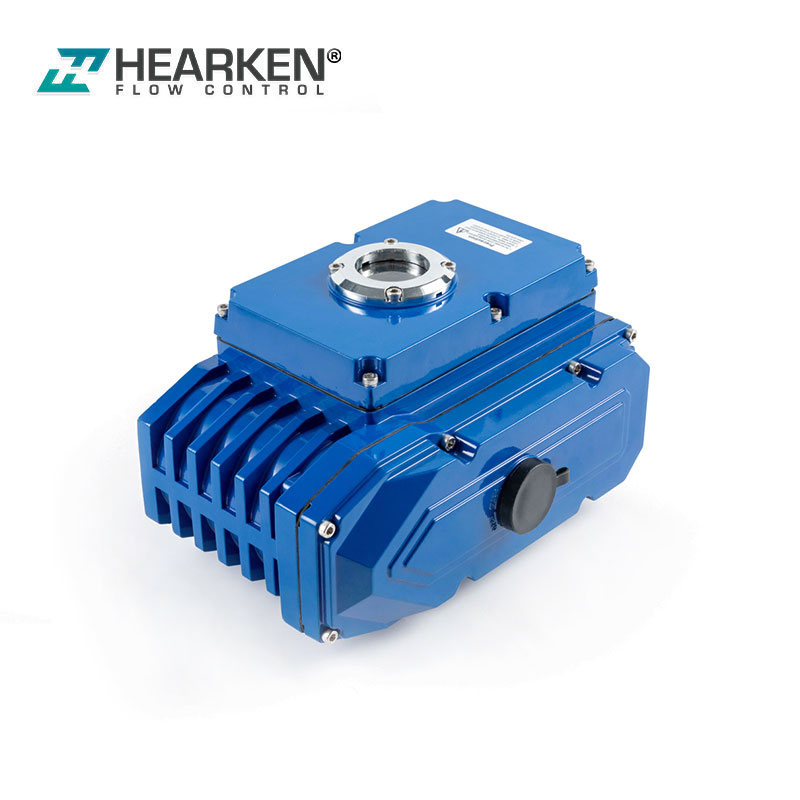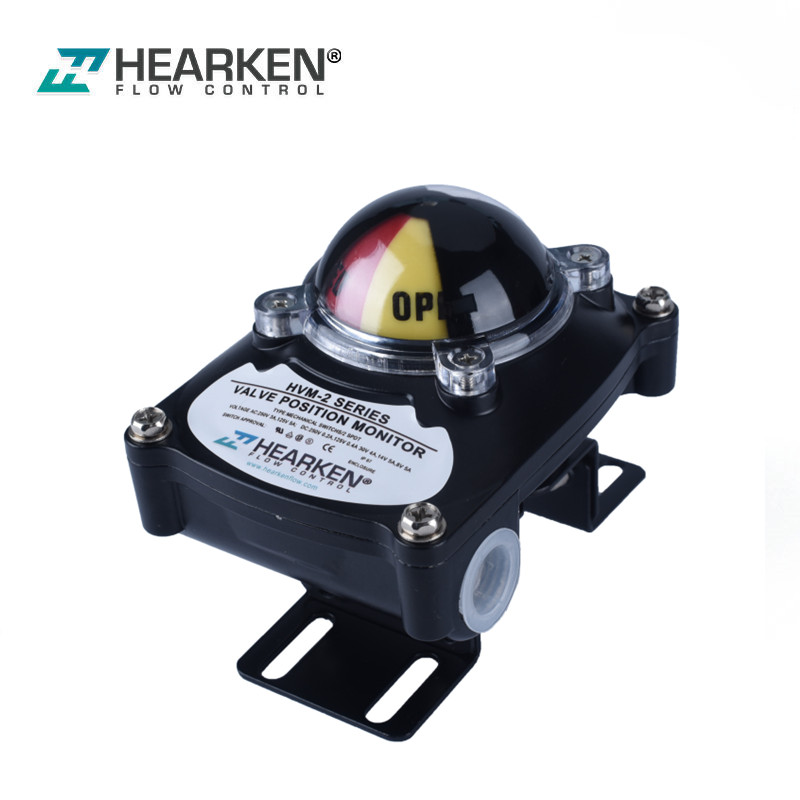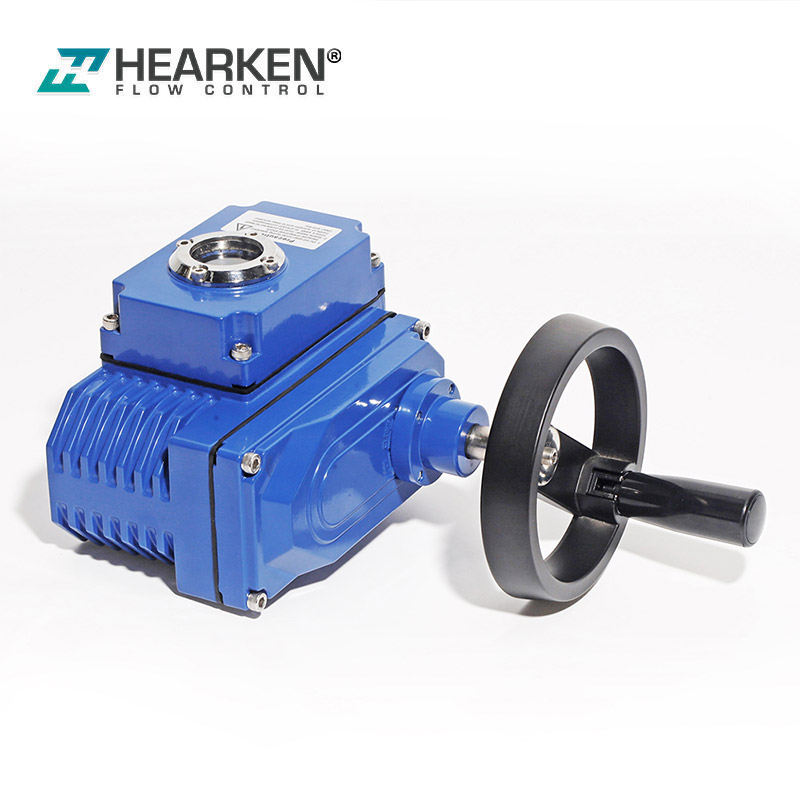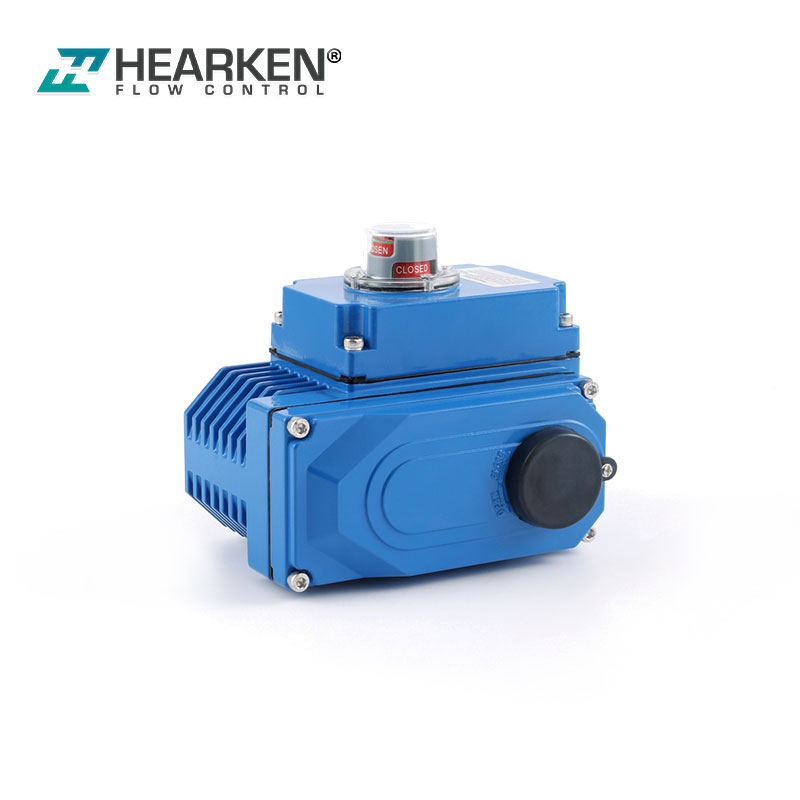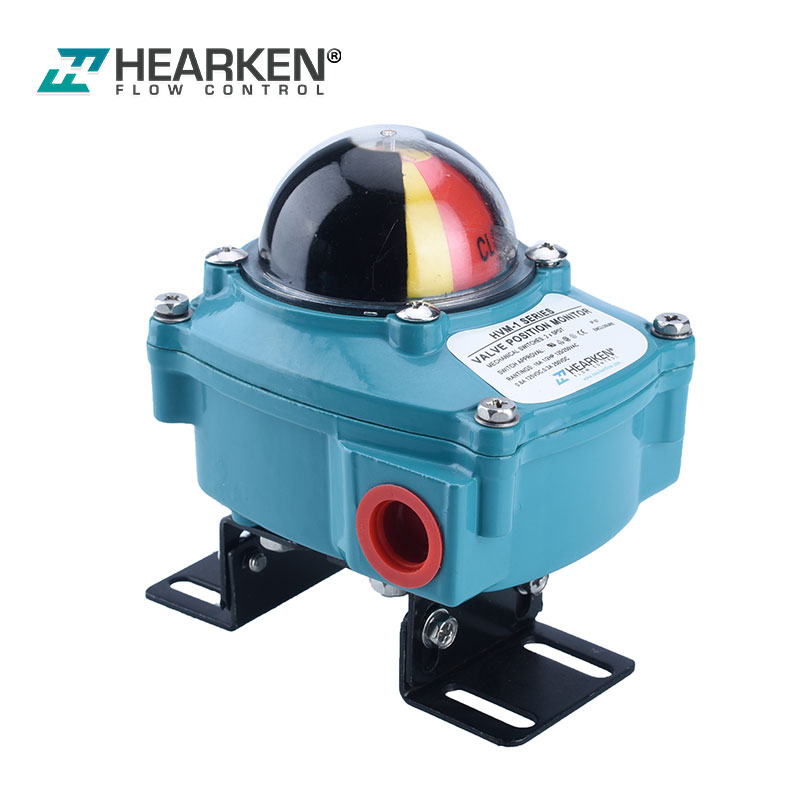Explanation of valve terminology
Valve Terminology: The definition and descriptions you need to know!
1.Strength performance:
This is a measure of the ability of a valvein terms of both rigidity and strength to withstand the pressure of the medium in a sustained manner and over long-term use, without suffering physical damage such as cracks, ruptures, and/or shape deformities.
Valves mechanically regulate the flow and pressure of a medium insidethe system. As such, they are subjected to significant internal pressure as well as freguent changes in the pressure. Hence, valves need tobe strong and rigid enough to handle the force exerted by such pressure.
2.Sealing performance:
This refers to the performance of the sealedpoints of the valve in preventing leaks. A vital performance metric of valves,sealing performance impacts a unit'sability to regulate pressure inside the system.
Moreover,sealing performance isindicative of the valve's ability to prevent medium leakage inside and outside the system and contamination of the outside environment. Valveshave three sealed junctions that arevulnerable to leakage, hence sealing performance is gauged at these three points:
a.The point/points at which the closing and/or opening components of the valve meet the sealing surface of the valve seat. Leakage at this point leads to internal trickle of the medium and is also termed as improper closing.
Internal leakage causes the medium to continue to flow through the system even when it should stop completely. Hence, internal leakage cannot be allowed in a system that calls for the use of a cut-off valve.
b.The point at which the valve stem is joined with the stuffing box (gland) with the use of valve packing.
c.The point at which the bonnet meets the body of the valve.
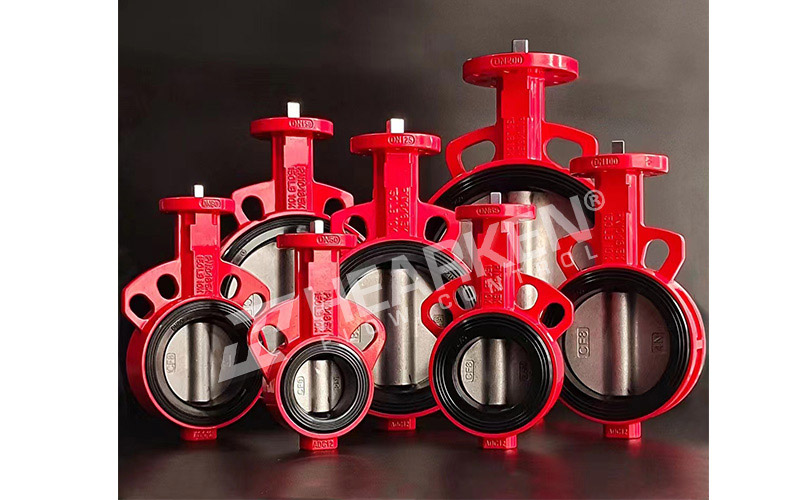
The possibility of leakage or low sealing performance at points b andc will cause the medium to leak out of the system and into the external environment. This can lead to loss of medium and consequent low volume and pressure in the system as well as environmental pollution.
It can be particularly hazardous if the medium is flammable, toxic, radioactive or explosive. So, it is imperative to have reliable and good sealing performance at all 3 sealing points.
3.Flow of medium:
As the medium flows from the pipeline or nozzle into the valve.some pressure is lostowing to the resistance to the flow of the medium created by the surface of the valve. So, the pressureat the entry point will be higher than the pressure at the exit point
This pressure differential is attributed to the energy that the medium uses to flow through the resistance created by the valve. If this pressure differential is too large,it can create low pressure in the system. Hence, while designing and manufacturing valves,it is important to consider ways in which the resistance of the valve to the flow of the medium can be kept to a minimum.
4.Force and Torque needed for opening and closing:
As the termssuggest, these refer to the force required to open and close the valve and the torque that will have to be applied to the opening andclosing assembly in order to throw open or shut off the valve.
When the valve is closed, an adequ ate amount of pressure has to becreated between the opening/closing assembly of the valve and the sealing surface of the seat. A specific amount of closing torque has to be applied to exert enough force in order to create this pressure.
The force and torque required for opening and closing the valve change during the process of throwing open/shutting off the valve. When opening the valve,the highest torque and force are required at the beginning/initial phase.
When closing the valve,the maximum force and torque are neededat the very end of the process. During the design and manufacture of valves,an attempt should be made to minimizethe requirement for the closing torque and force.
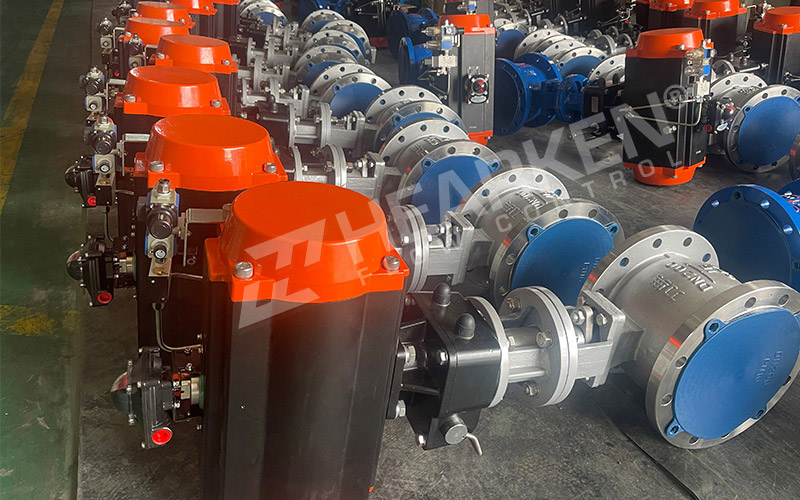
5.Speed of opening and closing:
This is a measure of the time needed to completely open or close the valve. Typically, requirements pertaining to the speed of valve opening and closing are not stringent.
However,in some systems,rapid opening and closing speed of thevalve is needed to exercise quick and complete control over pressure and flow. Similarly, some systems call for the use of slow speed of openingand closing owing to the high pressure and flow, which can lead to water hammer. So, this is certainly a factor that should be considered when choosing the valve type for a specific system.
6.Sensitivity to action and reliability:
How sensitive a valve is to the changes in various parameters of the medium and how reliably the unit responds to such changes are alsocrucial valve performance indicators.
These should be particularly considered when valves are required to adjust and control medium parameters. For instance, both reliability and sensitivity of action are vital when choosing throttle valves, regulating valves, safety valves, pressure reduction valves, and steam traps.
7.Service life:
A performance indicator that has a direct impact on theeconomics of operating and maintaining the system. this term refers to the usable life of the unit or its durability. The service life is generallyexpressed in terms of the duration of time over which the valve can be used or in terms of the number of opening and closing cycles that the unit can endure while meeting sealing requirements.
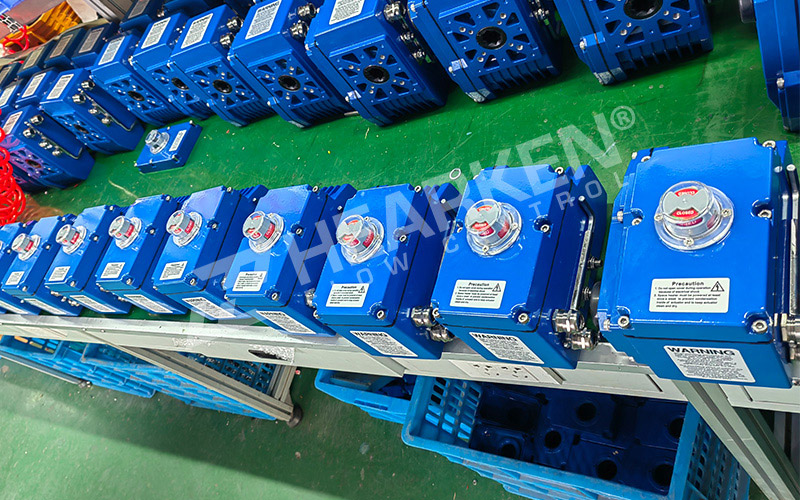
8.Type:
This refers to the classification of the unit into various functional categories or segregation based on the structural components of the unit.
9.Model:
This is a description ofthe unit based on its type,structuralcomponents, transmission node, nominal pressure, valve seat material, connection form, and other design and manufacturing aspects.
10.Connection dimensions:
These are the size and shape requirements of the valve in connection to the piping.

